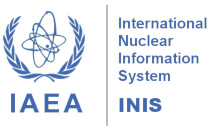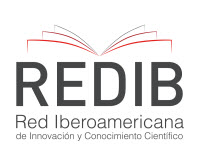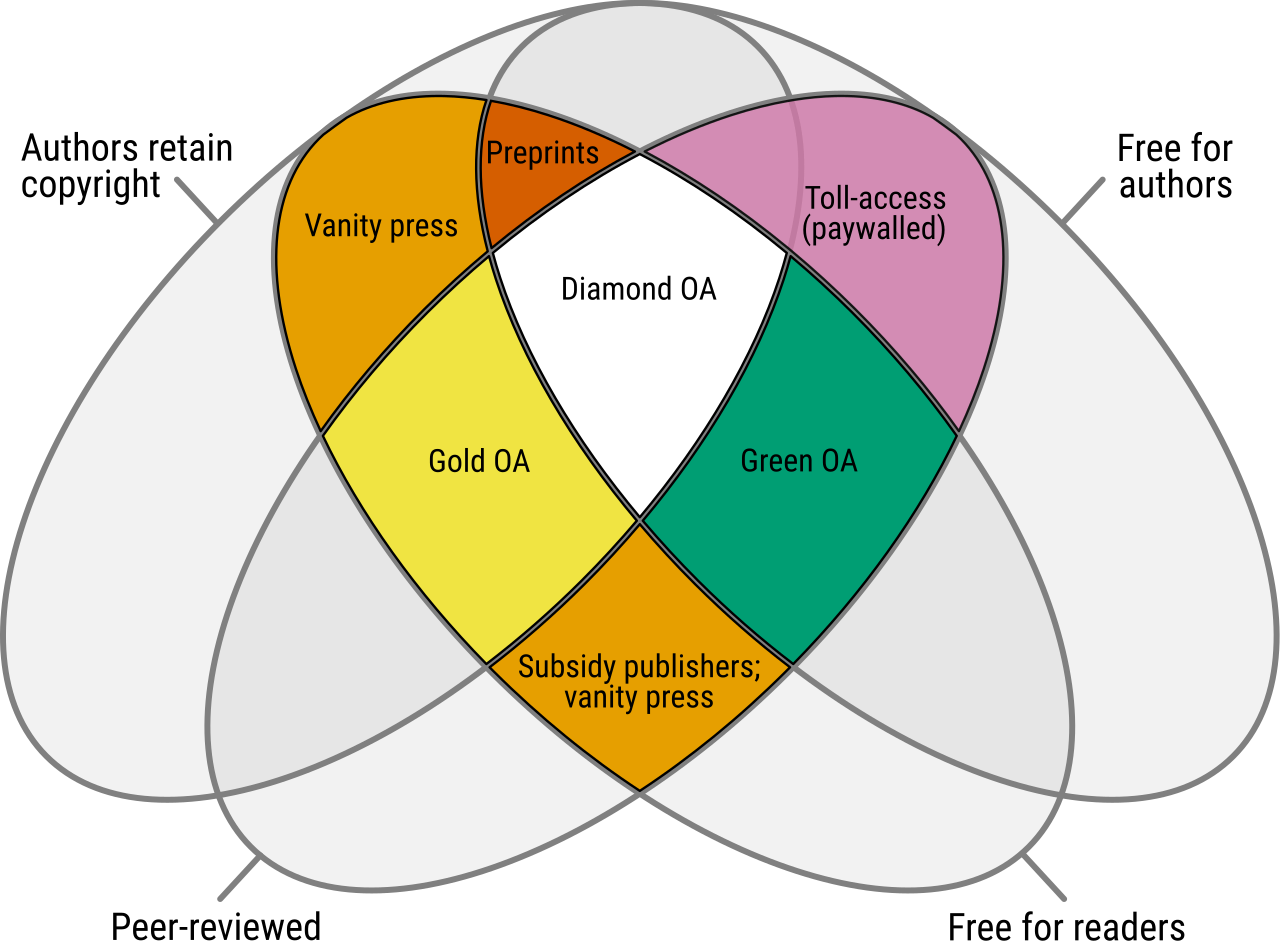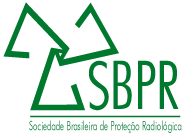Impact of distinct sintering temperatures in pellets to strontium immobilization
DOI:
https://doi.org/10.15392/2319-0612.2024.2652Keywords:
niobium , zeolite , liquido effluent, strontium immobilizationAbstract
The immobilization of radioactive strontium (Sr) from liquid effluents, a byproduct of nuclear fission and accidents, presents significant environmental and public health challenges. This study evaluates the immobilization of Sr in a glass matrix by comparing the effects of different sintering temperatures. The analyses started from three temperatures 800ºC, 900ºC and 1000ºC for each of the four compositions, which vary the addition of niobium (Nb) content in the vitreous matrix by 2%, 4%, 6% and 8% in mol. The highest temperature was excluded because its deformation did not match the final objective, at 900ºC the compositions had better results in density and water absorption, so that at the same temperature the composition with 4% niobium responded better to the results. The study underscores the significance of treating temperature and Nb content in the glass matrix for effective Sr immobilization, offering valuable insights for the development of safe and sustainable nuclear waste management strategies.
Downloads
References
[1] World Nuclear Waste Report. The World Nuclear Waste Report - Focus Europe. Disponível em: https://worldnuclearwastereport.org/. Acesso em: 29 out. 2024.
[2] INAN, S. Inorganic ion exchangers for strontium removal from radioactive waste: a review. J Radioanal Nucl Chem, v. 331, n. 03, p. 1137-1154, 2022. DOI: https://doi.org/10.1007/s10967-022-08206-3
[3] BURGER, A.; LICHTSCHEIDL, I. Strontium in the environment: Review about reactions of plants towards stable and radioactive strontium isotopes. Science of The Total Environment, Vienna, v. 653, p. 1458-1512, 2019. DOI: https://doi.org/10.1016/j.scitotenv.2018.10.312
[4] LI, L.; et al. Immobilization of strontium and cesium by aluminosilicate ceramics derived from metakaolin geopolymer-zeolite A composites via 1100 °C heating treatment. Ceram Int, v. 48, n. 11, p. 15236–15242, 2022. DOI: https://doi.org/10.1016/j.ceramint.2022.02.054
[5] COSTA-SILVA, D. L.; BARTOLOMÉ, J. F.; SILVA, A. C.; MELLO-CASTANHO, S. Structural and thermal influence of niobia in aluminoborosilicate glasses. Ceram Int, v. 48, n. 13, p. 18433–18440, 2022. DOI: https://doi.org/10.1016/j.ceramint.2022.03.112
[6] IZIDORO, J. C.; CASTANHO, D. ; et al. Application of high-purity zeolite A synthesized from different coal combustion by-products in carbon dioxide capture. Int J Environ Impacts, v. 02, n. 03, p. 215-228, 2019. DOI: https://doi.org/10.2495/EI-V2-N3-215-228
[7] COSTA-SILVA, D. L.; ARAUJO, M. S.; FUNGARO, D. A.; SILVA, P. S. C.; MELLO-CASTANHO, S. New approach to niobia-modified borosilicate glasses for Cs waste immobilization. J Materials Research and Technology, v. 31, p. 1229-1235, 2024. DOI: https://doi.org/10.1016/j.jmrt.2024.06.099
[8] ASTM – American Society for Testing and Materials. Standard Test Method for Water Absorption, Bulk Density, Apparent Porosity, and Apparent Specific Gravity of Fired Whiteware Products, ASTM - C373-88. 2006.
Downloads
Published
Issue
Section
Categories
License
Copyright (c) 2024 Gabriella Sanches, Mariana Silva Araujo, Sonia Mello-Castanho

This work is licensed under a Creative Commons Attribution 4.0 International License.
Licensing: The BJRS articles are licensed under a Creative Commons Attribution 4.0 International License, which permits use, sharing, adaptation, distribution and reproduction in any medium or format, as long as you give appropriate credit to the original author(s) and the source, provide a link to the Creative Commons license, and indicate if changes were made. The images or other third party material in this article are included in the article’s Creative Commons license, unless indicated otherwise in a credit line to the material. If material is not included in the article’s Creative Commons license and your intended use is not permitted by statutory regulation or exceeds the permitted use, you will need to obtain permission directly from the copyright holder. To view a copy of this license, visit http://creativecommons.org/licenses/by/4.0/






















